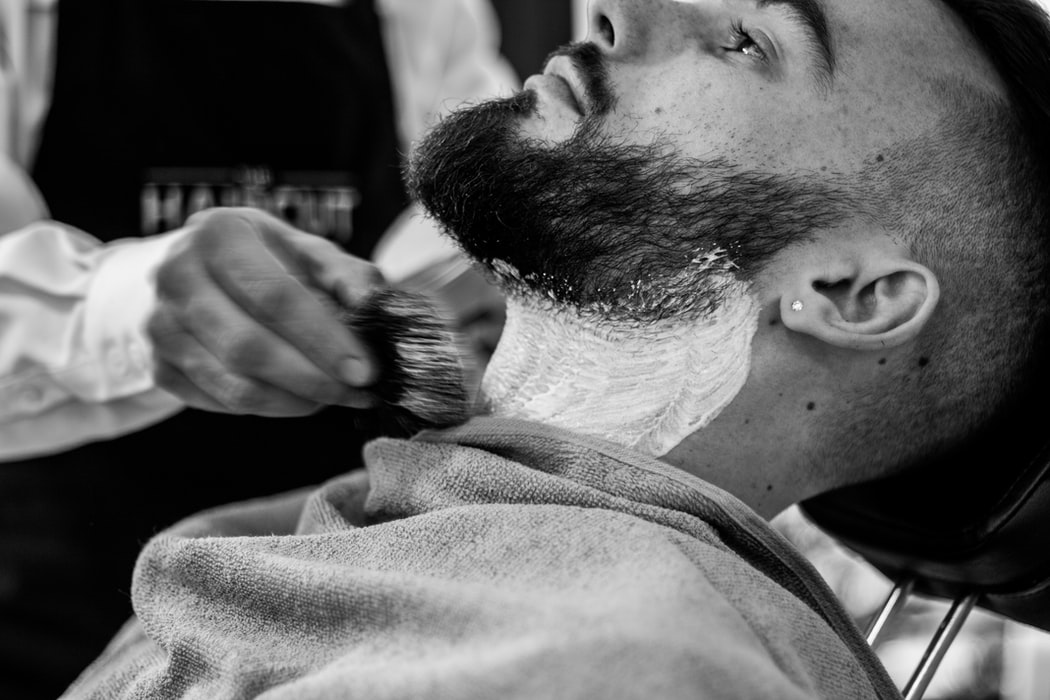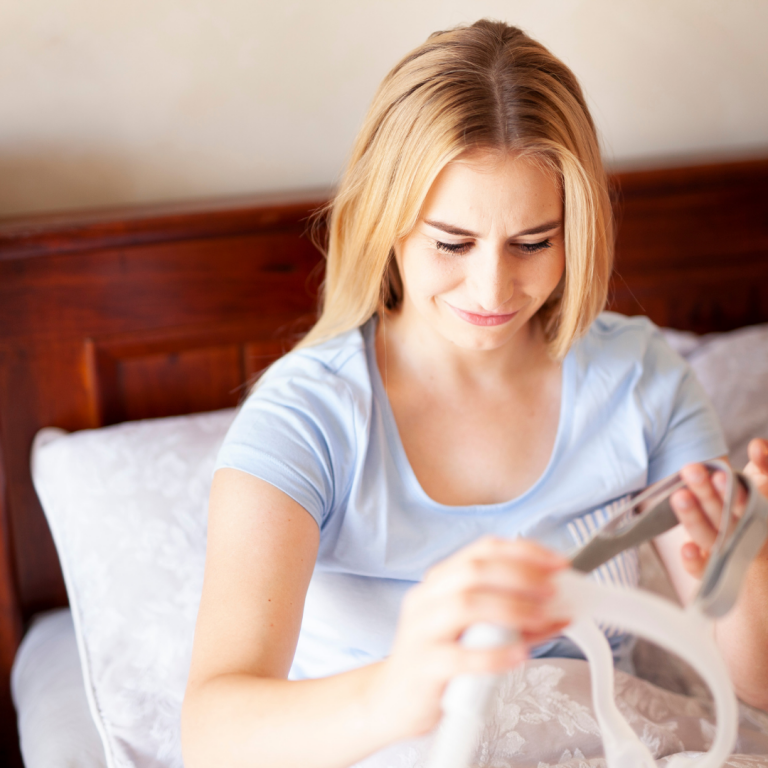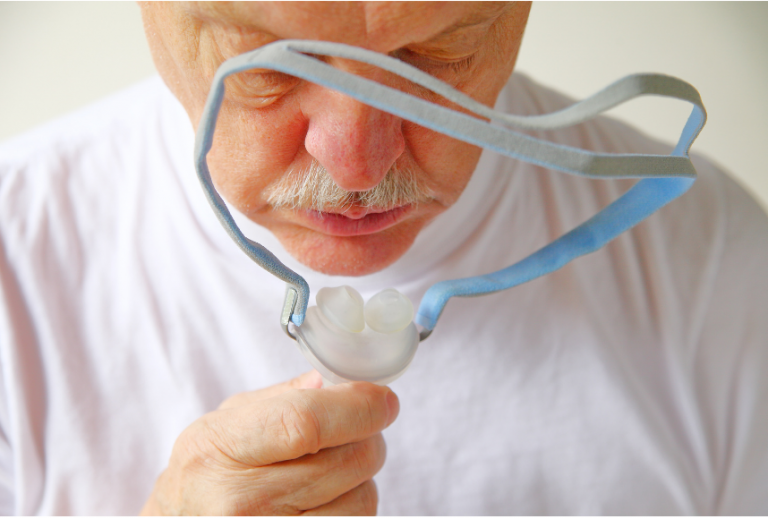Can you keep your facial hair once you have been diagnosed with sleep apnea, and will you find a mask that works? The simple answer is YES! Absolutely keep the hair and rock it… especially if you are accustomed to having it. Just keep in mind, the beard acts as an obstruction and can cause some styles of masks to be less effective. When your CPAP mask is not fitting or sealing correctly the excessive leak may disturb your sleep and keep you from receiving the prescribed pressure to treat your apneas.
Here are some tips when considering which CPAP mask to use with your facial hair:
Nasal Masks that do not rest on top of the lip work well for facial hair. The silicone will cover the nose and is able to seal well even with a higher pressure. If you are just rocking a mustache you may want to consider trimming slightly to help with the fit and seal.
Nasal Pillow Masks are a great option as the masks rest inside of the nostrils and is secured with the headgear strap. The mask is minimal on the face and less to be obstructed from the facial hair.
Both nasal masks and nasal pillow masks are designed for users that can inhale and exhale through their nose and are not designed for breathing through the mouth.
Full Face Masks cover both mouth and nose and are meant for the user who has difficulty breathing through the nose. A full-face mask that sits lower on the chin is ideal as it covers more of the facial hair providing less leakage. Sometimes, trimming the beard slightly might be ideal for therapy to help create a well-sealed mask.


